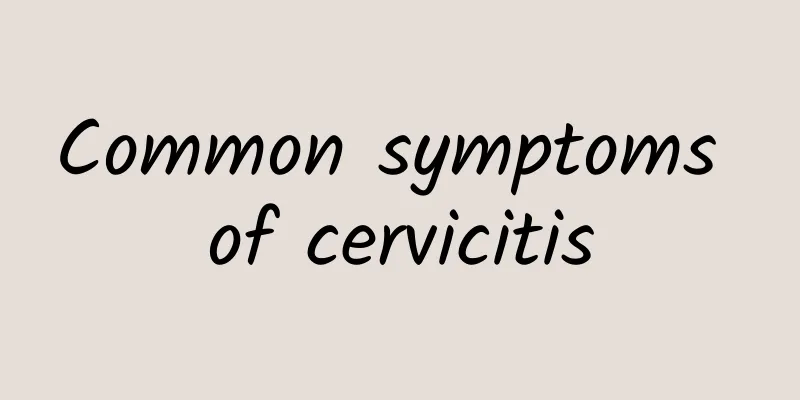TCM Causes of Hyperprolactinemia

|
Hyperprolactinemia is the most common pituitary disease, with galactorrhea and hypogonadism as prominent manifestations. Female patients may experience decreased libido and loss of sexual desire, which will be relieved after treatment as PRL levels decrease. Male patients mainly experience decreased libido and impotence, and in severe cases, body hair loss, testicular atrophy, reduced sperm count, and even azoospermia may occur. Hyperprolactinemia is a syndrome caused by internal and external environmental factors, characterized by elevated prolactin (PRL) (>25ng/ml), amenorrhea, galactorrhea, anovulation and infertility. From the perspective of pathological changes, it can be divided into tumor hyperprolactinemia, postpartum hyperprolactinemia, idiopathic hyperprolactinemia and iatrogenic hyperprolactinemia. The main clinical features are amenorrhea, infertility and galactorrhea. In today's fast-paced work and life, many women of childbearing age are extremely nervous and under great psychological pressure, which leads to endocrine disorders. Traditional Chinese medicine believes that this disease is caused by depression. Depression is the origin of the disease. Long-term mental and physical fatigue often causes the body's qi and blood to be deficient. Traditional Chinese medicine believes that this disease is deficiency, which is a staged result in the development of this disease. Depression and deficiency cause poor circulation of qi and blood, which eventually leads to stasis, a more serious consequence of the disease. Western medicine has no good way to treat this disease. Traditional Chinese medicine treatment only needs to follow the principles of relieving depression, replenishing and dispersing blood stasis, and most of them can achieve satisfactory results. Medicinal use: 10 grams of Angelica sinensis, 10 grams of white peony, 10 grams of Chuanxiong, 15 grams of Rehmannia glutinosa, 6 grams of safflower, 10 grams of peach kernel, 10 grams of Korean ginseng, 10 grams of Atractylodes macrocephala, 10 grams of Poria cocos, 20 grams of yam, 15 grams of bupleurum, 10 grams of Curcuma aromatica, 10 grams of Corydalis yanhusuo, 10 grams of Golden Bell Fruit, 10 grams of Polygonatum sibiricum, 10 grams of Chinese wolfberry, 10 grams of Curculigo orchioides, 10 grams of Morinda officinalis, and 6 grams of licorice. One course of treatment is 30 doses. |
<<: Can female uterine effusion be cured?
>>: Hyperprolactinemia postoperative medication
Recommend
What are the precautions for surgical abortion? Pay attention to these 5 points
After the abortion, you should pay attention to r...
Contact bleeding is usually a manifestation of cervicitis
Contact bleeding is generally a manifestation of ...
What should I do if I have sex half a month after abortion?
What should I do if I have sex half a month after...
Diabetes causes morbid obesity! Surgery should be evaluated
Although gastric bypass surgery is effective in c...
What is pickleball? What are the advantages? Why is it suitable for both adults and children?
Pickleball is a new sport suitable for all ages a...
Clinical examination of endometrial polyps
In daily life, we should understand endometrial p...
What is vulvar leukoplakia? 4 symptoms of vulvar leukoplakia
What are the common vulvar leukoplakia diseases? ...
How to treat primary cervical erosion, clinical treatment methods for cervical erosion
Cervical erosion is a relatively common disease. ...
Why do cervical warts occur?
Why do cervical warts occur? With the development...
What are the symptoms of adolescent ovarian cysts and what treatment methods are less invasive?
What are the symptoms of adolescent ovarian cysts...
Which department should I go to when I go to the hospital to see if I have cervical precancerous lesions?
Which department should I go to for cervical prec...
What are the treatments for amenorrhea?
There are many treatments for amenorrhea. Accordi...
Causes of Endometriosis
Many people avoid talking about gynecological dis...
What should I do if my menstruation is irregular after medical abortion?
What should I do if my menstruation is irregular ...
How to prevent cervicitis?
Cervicitis is a common gynecological disease, and...









